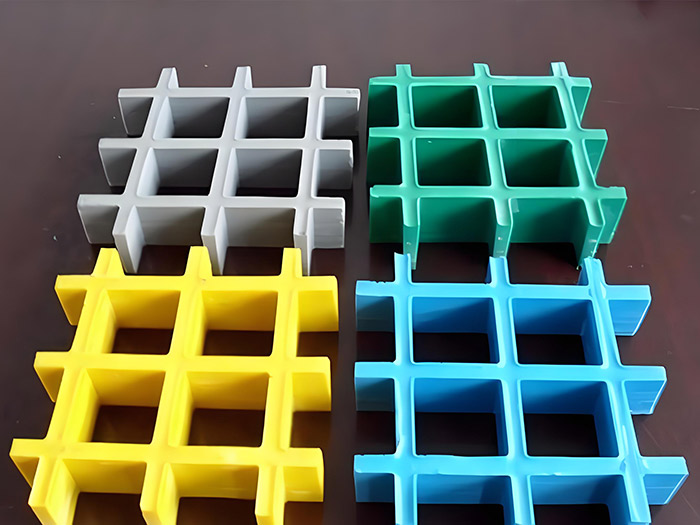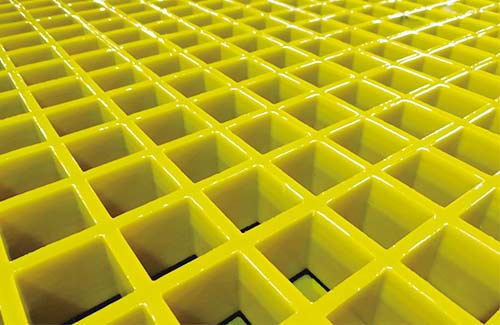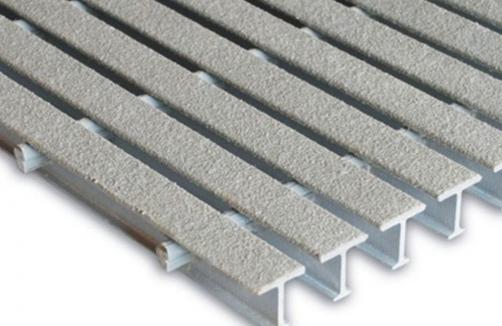Thermoset Phenolic Grating: The Ultimate Guide for Industrial Applications
Thermoset phenolic grating is a critical material in industrial applications, offering exceptional durability, electrical insulation, and chemical resistance. But what exactly makes it the ultimate choice for heavy-duty environments? This guide explores its properties, benefits, applications, and frequently asked questions to help you understand why thermoset phenolic grating is a preferred solution for industrial challenges.
What Is Thermoset Phenolic Grating?

Thermoset phenolic grating is a composite material made from layers of phenolic resin and glass fabric. These layers are cured under heat and pressure, creating a strong, non-conductive, and corrosion-resistant surface. Unlike metal gratings, it doesn’t rust or conduct electricity, making it ideal for hazardous areas.
Key Properties of Thermoset Phenolic Grating
- High Strength-to-Weight Ratio: Lighter than steel but stronger.
- Electrical Insulation: Perfect for environments with electrical hazards.
- Chemical Resistance: Resists oils, acids, and solvents.
- Fire Retardancy: Self-extinguishing, meeting stringent safety standards.
- Durability: Resistant to wear, impact, and environmental stress.
Common Questions About Thermoset Phenolic Grating
1. Is Thermoset Phenolic Grating Suitable for Outdoor Use?
Yes, it is highly durable and can withstand harsh outdoor conditions, including UV exposure and moisture. Its non-conductive and corrosion-resistant nature makes it ideal for outdoor industrial platforms, walkways, and loading docks.
2. How Does It Compare to Metal Grating?
Unlike metal, thermoset phenolic grating doesn’t rust, corrode, or conduct electricity. It’s also lighter, reducing load-bearing stress on supports. However, it may be less cost-effective than aluminum or steel in some cases.
3. What Industries Use Thermoset Phenolic Grating?
Common applications include:
– Oil and Gas: Corrosive environments require non-conductive platforms.
– Chemical Plants: Resistant to harsh chemicals and spills.
– Power Plants: Electrical safety is paramount.
– Marine Industries: Corrosion resistance makes it ideal for saltwater exposure.
– Pulp and Paper: Wet and acidic conditions demand durable materials.
4. How Long Does Thermoset Phenolic Grating Last?
With proper installation and maintenance, it can last 20–30 years or more. Its resistance to wear and environmental factors ensures long-term reliability.
Why Choose Thermoset Phenolic Grating?
For industries facing electrical hazards, chemical exposure, or heavy foot traffic, thermoset phenolic grating offers unparalleled benefits. It reduces maintenance costs, enhances safety, and provides a long-lasting solution for industrial platforms, mezzanines, and access bridges.
Share This Guide with Your Team
If you’re involved in industrial design, engineering, or facility management, sharing this guide can help your team make informed decisions about material selection. Whether you’re replacing aging gratings or designing a new facility, thermoset phenolic grating is a smart choice.
Schlussfolgerung
Thermoset phenolic grating stands out in industrial applications due to its durability, safety features, and resistance to harsh conditions. By addressing common questions and highlighting its advantages, this guide provides a comprehensive resource for professionals. For more information or custom solutions, consult with experts in thermoset grating to optimize your industrial infrastructure.







